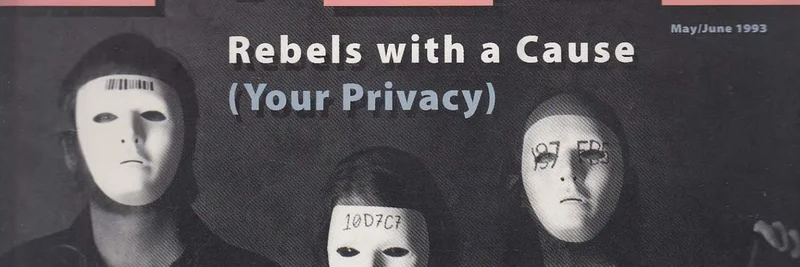In the fast-paced world of cryptocurrency, where trends come and go like viral memes, it's refreshing to see someone diving deep into the roots of it all. Recently, Hitesh Malviya (@hmalviya9) shared a personal story on X that caught our eye here at Meme Insider. Four years ago, while many were busy chasing quick gains in the crypto market, Hitesh locked himself away for six months. His mission? To research and write about cypherpunks—the pioneers of privacy-focused tech that laid the groundwork for Bitcoin and blockchain as we know it—and to create an entire NFT collection as a tribute to them.
Cypherpunks, for those new to the term, are a group of activists and technologists who advocate for using cryptography to protect privacy and promote social and political change. The movement started in the early 1990s, as highlighted in the post Hitesh quoted from Its Blockchain (@ItsBlockchain). Back in late 1992, Eric Hughes, Timothy May, and John Gilmore founded a small group that met monthly in San Francisco. They were humorously dubbed "cypherpunks" by Jude Milhon, blending "cyberpunk" (think sci-fi rebels against dystopian tech overlords) with "cypher" (code for encryption). This crew wasn't just theorizing; they were building tools for a freer digital world, emphasizing privacy in an era before the internet exploded.
Hitesh's post notes that this is the first time in four years he's seen real buzz around cypherpunks again. But he points out it's often tied to fleeting hype, like certain projects or personalities (he mentions "PA," which could refer to privacy-focused altcoins or broader crypto narratives). Not wanting to let the moment pass without substance, Hitesh pledges to keep writing about cypherpunk values—how they view the world through a lens of decentralization, privacy, and resistance to centralized control. He aims to show how we can adopt these principles to build a better future, especially in blockchain spaces where meme tokens thrive on community-driven, often anonymous, fun.
This resonates deeply in the meme token ecosystem. Meme coins, like Dogecoin or newer Solana-based pumps, embody a playful rebellion against traditional finance. But beneath the memes lies cypherpunk DNA: peer-to-peer transactions without intermediaries, pseudonymity for users, and tools that empower individuals over institutions. Hitesh's NFT tribute isn't just art; it's a digital artifact preserving this history, much like how meme tokens capture cultural moments in blockchain form.
The replies to his post show a mix of excitement and skepticism. One user, Vale Garcés Contrera (@ValleryGarcon), cheers him on, saying the world needs cypherpunk thinking more than ever. Another, Jonna Campbel.ink (@JonnaCampbel327), echoes the ethos: privacy first, freedom always. But there's a pragmatic jab from Exclusive Pumpfun Alert (@alert_pumpfun), questioning what happens when the hype fades—reminding us that true cypherpunk spirit is about the long game, not short-term gains.
At Meme Insider, we're all about unpacking these layers. Cypherpunks remind us that crypto isn't just about moonshots and lambos; it's about sovereignty in a digital age. If you're building or trading meme tokens, embracing cypherpunk ideals—like using privacy tools such as zero-knowledge proofs or decentralized exchanges—can make your projects more resilient and ethical. Hitesh's commitment to sharing more is a call to action: let's not let these foundational ideas get lost in the noise. Stay tuned for more insights on how crypto history shapes today's meme madness.


